If you don’t see the Eyecatching/featured video with sound, please see just below;
As the opening ceremony of highly anticipated Paris Olympics began with a new look on July 26, 2024, the national anthems that resonate, hoisting the national flag each competitions with 329 events to honor the victors have been becoming a familiar presence.
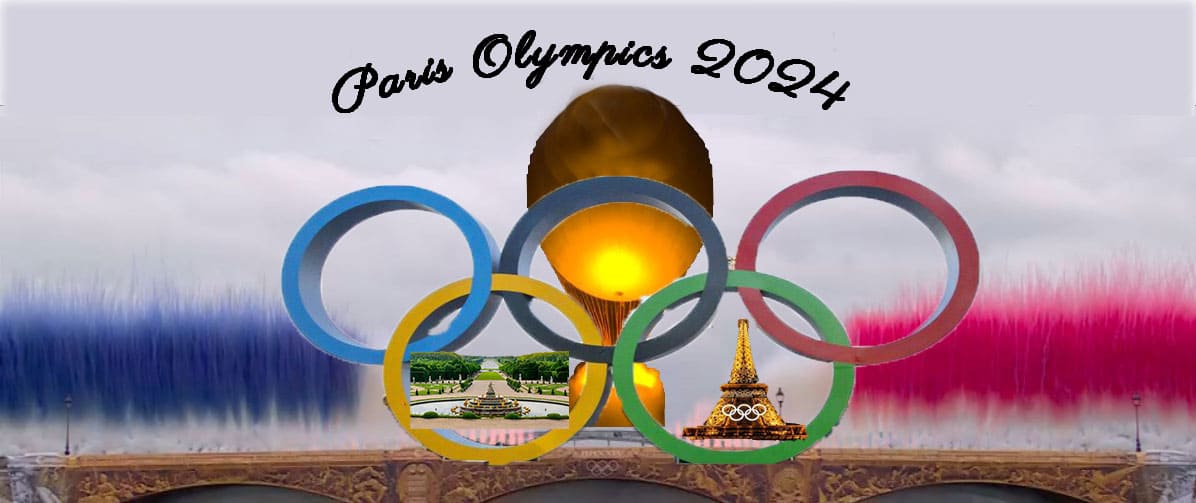
Hi how are you? This time, in honor of the Paris Olympics, we are going to talk about the National Anthem.
Among these anthems, Japan’s national anthem, “Kimigayo,” and the national flag “Hinomaru” (rising sun) holds a unique position and deserves a deeper exploration.
While we often encounter national anthems with flag during school ceremonies like entrance and graduation, their presence in our daily lives is relatively limited.
However, “Kimigayo,” and “Hinomaru flag” deeply rooted in the foundation of our society, holds immense significance.
Let’s delve into the fascinating world of Japan’s national anthem and the flag.
Contents
“Kimigayo” – The World’s Shortest and Oldest National Anthem
“Kimigayo,” with its mere 32 characters, stands as the world’s shortest national anthem. This brevity, coupled with its ancient origins, has earned it recognition as the oldest national anthem by Guinness World Records.
In contrast, the world’s longest national anthem belongs to Greece, boasting 158 verses and a total performance time of around an hour, including interludes. Its lyrics narrate an epic historical saga of Greece.
While “Kimigayo” reigns supreme in terms of character count, Uganda’s national anthem holds the title of the “world’s shortest” in terms of actual performance time.
The origins of “Kimigayo” can be traced back to the 10th century (905 AD) when it was presented as a celebratory song within the “Kokinshū,” an anthology of Japanese poetry compiled by imperial decree.
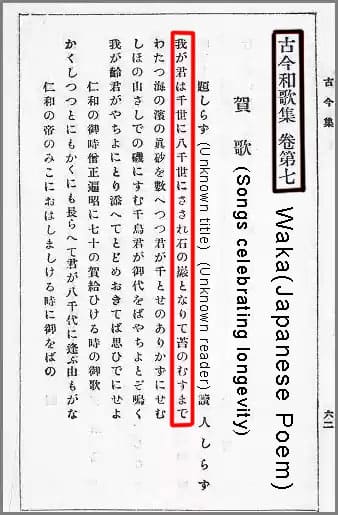
The waka (Japanese poem) in the red frame is the lyrics of the Japanese national anthem “Kimigayo.
Over the millennium, a portion of this waka (31-syllable poem) was excerpted and sung as a celebratory piece. The identity of the original author remains unknown due to the nature of waka citations.
The Meaning of “Kimigayo” and Its Underlying Significance
Initially, “Kimigayo” was a song praising “the longevity of one who receives blessings.” Over time, it evolved into a tribute to “the reign of the Emperor.”
However, there is no definitive evidence within the original waka to identify the specific individual being addressed.
Post-Meiji Restoration and particularly in the post-war era, the interpretation of “Kimigayo” has shifted away from a singular focus on the Emperor.
Instead, it aligns with the concept of the Emperor as a symbol of national unity, as enshrined in the Constitution.
Therefore, “Kimigayo” is not solely dedicated to the Emperor but rather encompasses the collective spirit of the Japanese people, representing “you,” the individual, and the nation as a whole.
Decoding the Symbolic Layers of “Kimigayo”
“Kimiga” (キ・ミ): The term “Kimiga” derives from the ancient deity “Kimi,” the first divinely born couple in Japanese mythology. Their union symbolizes the creation of “man and woman.”
“Chiyo ni Yachiyo ni” (千代に八千代に): This phrase signifies an enduring and prosperous future, expressing the wish for “thousands and eight thousands of generations” to come, symbolizing eternity.
“Sazareishi no Iwao to Narite” (さざれ石の巌となりて): This line alludes to the transformation of “scattered pebbles” into a “mighty rock,” representing the unity and solidarity of individuals, families, and ultimately, the entire nation.
“Koke no Musu Made” (苔のむすまで): This concluding phrase conveys the aspiration for a legacy that endures the flourishing of generations through the bonds of love and trust.
In essence, Japan’s national anthem, “Kimigayo,” serves as a celebration of nurturing, love, prosperity, and unity among the Japanese people.
The Composition and Enactment of “Kimigayo”
The journey of “Kimigayo” towards becoming Japan’s national anthem can be traced back to Oyama Iwao, a military commander from Satsuma(current Kagoshima prefecture).
In 1870, he commissioned John William Fenton, a British military bandmaster, to compose music for the lyrics.
However, the initial composition did not resonate well with the lyrics. As a result, Hiro Mori, a prominent gagaku (court music) performer during the early Meiji period, was entrusted with refining the music, leading to the completion of the current version in 1890.
Subsequently, German music teacher Franz Eck arranged it.
The national anthem has been treated as a national anthem and has been in operation for a long time without being properly enacted.
Until then, it had little legal basis, and together with the Hinomaru(national flag), various debates, arguments, and conflicts had arisen.
Finally, the “Kimigayo” was promulgated and enforced on August 13, 1999, by the Law Concerning the National Flag and the National Anthem, and was officially established as the national anthem of Japan.
In 1903, at the “World Anthem Competition” held in Germany, “Kimigayo” was selected as the best song by the anthem evaluation committee and won first place.
Most national anthems tend to have a theme of victory in war.
This is also true of the United Kingdom, which, like Japan, has a constitutional monarchy.
The British national anthem, “God Save the Queen,” includes lyrics such as “Kick away the queen’s enemies!”
celebrating victory in war and praising the glory of the Queen.
China’s national anthem is based on the theme song of an anti-Japanese film, with lyrics such as “Proceed against enemy fire! Forward! Proceed!”
Similarly, the American national anthem, “Stars and Stripes,” is themed around the War of Independence, and the lyrics reflect this.
In this way, most national anthems in the world have themes of war, victory, and glory.
In contrast, Japan celebrates the long life of the Emperor and the people, which is a very rare theme on a global scale. Moreover, the expression is highly literary.
Many foreigners who hear “Kimigayo,” which evokes a sense of Japan’s history and culture, are moved by its beauty.
Here are some reactions from overseas posted on social media:
“When I was a child, I thought it was the worst national anthem. It was simple and monotonous, but as an adult, after learning the meaning of the lyrics, I realized it was the most beautiful, divine, and noble anthem in the world.”
“It’s moving to think that this is the national anthem of a country that was ranked as the top ‘country to revisit’ in a survey by a major company this year (2024). With its magnificent nature, advanced technology, the healthiest and most delicious Japanese cuisine, interesting history, a fusion of traditional and modern architecture, punctual railways, and friendly people, Japan is truly supreme, Japan is destiny, Japan is the future.”
“I don’t know why, but when I listen to the Japanese national anthem, I feel like crying… I think it’s the most beautiful national anthem I’ve ever heard.”
Lastly, what do you think? Please share your opinions and impressions.
About the National Flag, “Hinomaru”
In Japan, since Prince Shotoku (574-627) entrusted a document to the envoys to the Sui Dynasty(currently China), there has been a belief that “Land of the Rising Sun,” and the red Hinomaru symbolizes the rising sun.
The red hinomaru symbolizes the rising sun. Red and white are the traditional colors of Japan and are considered auspicious,
Red means benevolence and vitality, and white means holiness and purity.
Amaterasu, the ancestor of the imperial family, was the goddess of the sun, and since ancient times the sun, which brings blessings to people, has been an object of faith.
★ Who created the Japanese national flag?

At the end of the Edo period (1853), Nariakira Shimazu of the Shimazu domain proposed to the shogunate that the Hinomaru flag be adopted as the general seal of Japanese ships.
The following year, the shogunate adopted the Hinomaru as the official flag of Japan for external use thereafter.
On August 9, 1999, the “Law Concerning the National Flag and the National Anthem” was enacted, and after its promulgation and immediate enforcement on August 13 of the same year, the Hinomaru and Kimigayo became the national flag and anthem.
To my surprise, both the national anthem and the national flag have been in use for a long, long time, but it was only recently that they were officially used.
Finally, please enjoy the solo singing of “Kimigayo” by a female sergeant and the “Hinomaru National Flag” fluttering in the wind.
Thanks for watching, Have a nice day!

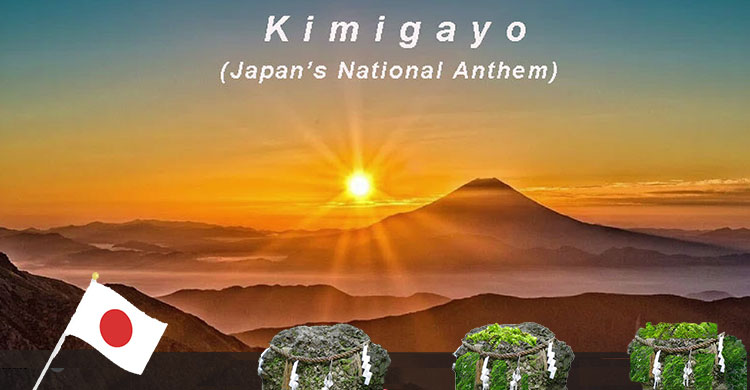
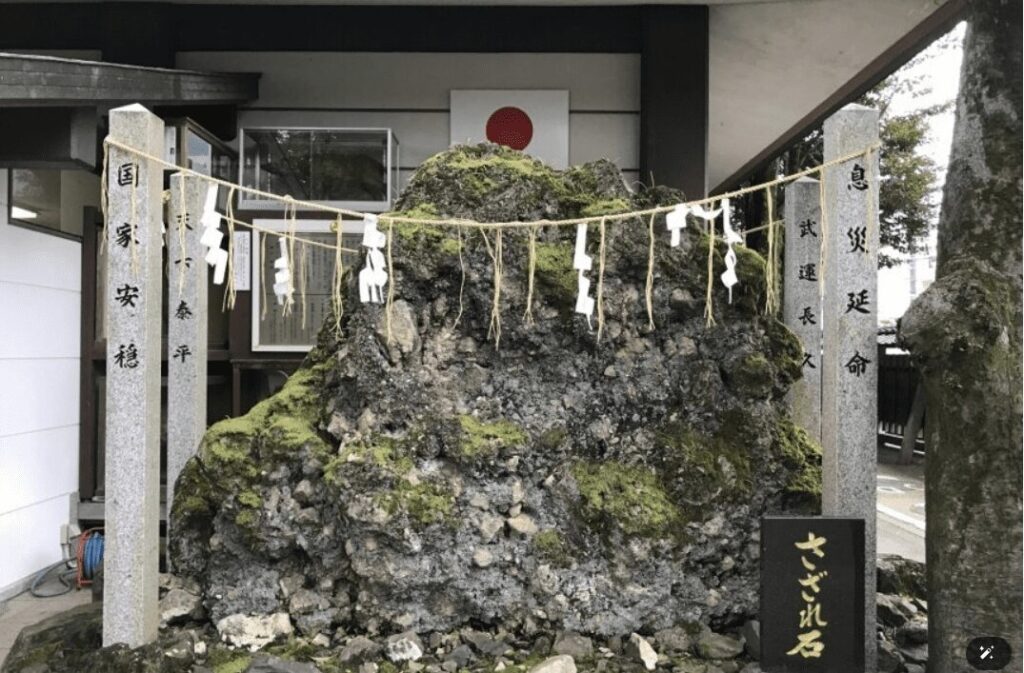





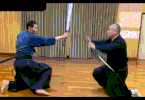
Leave a Comment